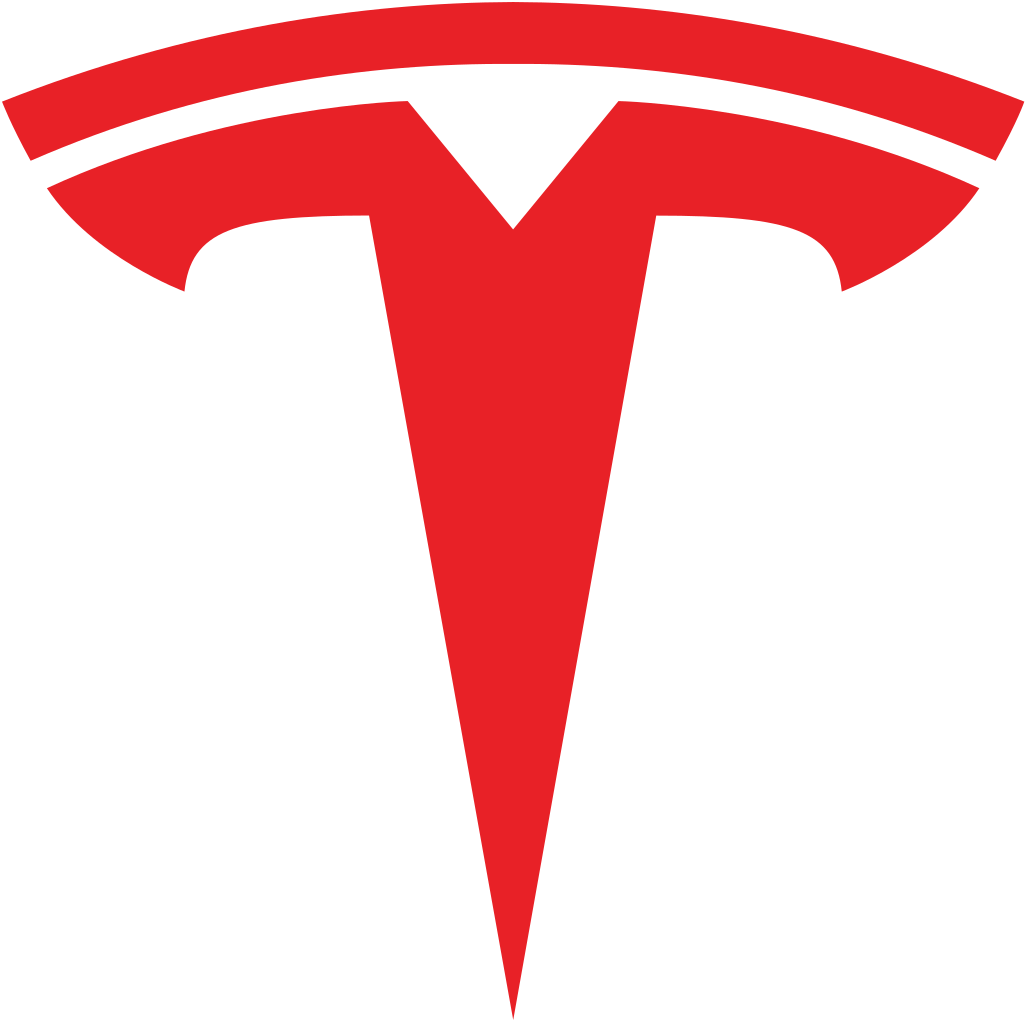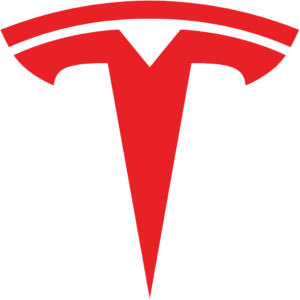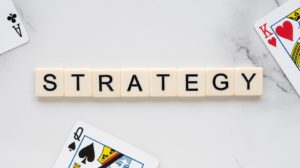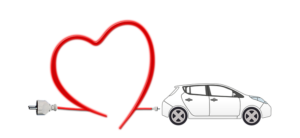Tesla’s Austin Plant…….Q2 Numbers……..Tesla’s New Battery
Since my last two posts regarding Tesla here and here, things are continuing to go well for Tesla. The selection processes for their proposed Austin Gigafactory with the Del Valle Independent School District and Travis County are proceeding smoothly. What local authorities could turn away 5,000 to 10,000 jobs in Central Texas, especially given a COVID-19 decimated economy? These are “rounding error” tax concessions for Tesla. The major challenge is the size of the pot the State of Texas is willing to grant Tesla through the Texas Enterprise Fund, controlled by Governor Abbott. He too would be crazy not to deal a winning hand to Tesla and claim a huge victory for Texas and his administration.
Tesla’s Q2 production and sales numbers will arrive toward the end of next week and most reports from knowledgeable Tesla followers (who do not include Wall Street analysts) have Tesla coming in north of 80,000 vehicles produced and sold, with a few even predicting record breaking Q2 numbers of over 95,400 vehicles – in spite of COVID-19’s overall business impacts that included the shutdown of Tesla’s Fremont production plant for 8 weeks in the Spring!
Tesla’s phantom Battery Day has been moved out yet again – this time to September 15th, 2020. Ostensibly this is to avoid California’s current crowd assembly restrictions due to COVID-19. But every day that this event is delayed buys Tesla more time to get its new battery production line up and running with improved quality yields. It also postpones the so-called Osborne effect where if potential Tesla buyers know a vehicle with better batteries is coming, they are likely to postpone their purchase until the new models are available. Tesla and Musk cannot afford to have this effect diminish their Q2 results in this already arduous business year.
In this article, I want to expand a bit upon the battery improvement remarks I made in my Tesla Update 06.12.2020.
It’s worthwhile remembering that when Musk and his team started with the original concept of Tesla’s Roadster, they were forced to select the leading battery of the day as the basis for their vehicle’s battery pack. Thus Panasonic’s cylindrical 18650 got the nod as it provided superior energy density (Wh/kg) and was available in reasonable volume. With this battery selection Musk had no choice but to violate one of his major credos: engineering from first principles. However he didn’t stray from this credo for too long. In the ensuing decade, many things have changed.
First, thanks to Tesla’s success, there has been an explosion in battery research and development, including battery production development. Tesla has spent those years developing experience with producing and receiving feedback from producing well over one million vehicle battery packs totaling billions of 18650 or 2170 battery cells. The need for continued innovation and all of Tesla’s experience and hard won knowledge has provided Musk and his team the opportunity to return to first principles of design and the concept of additional vertical integration by asking the question: given all we now know and all we have learned from the world’s leading battery experts, how would we (Tesla!) design a state-of-the-art battery and battery production line?
During this period Tesla has been funding battery research from leading battery experts such as Jeff Dahn at Dalhousie University in Nova Scotia. It’s also likely that Musk has been frustrated with Panasonic’s inability to make significant breakthroughs in battery technology and production processes. All this while Tesla has publicly and not-so-publicly been acquiring hi-tech startups such as Maxwell Technologies, Hibar Systems, Grohmann Engineering, and more recently and secretly SilLion Inc. (and perhaps others). Apparently Tesla acquired SilLion, a Louisville, CO, startup in mid-February 2019. SilLion’s website was taken down at that time and several clues indicate that SilLion had become a Tesla company. Apparently, acquisitions under $100 million don’t have to be accounted for in SEC filings and this is how the deal went relatively unnoticed by Wall Street and the press. More below on why Tesla acquired this company.
At a minimum, for the past two years Tesla has had a secret battery lab and pilot production effort underway in two buildings not far from its Fremont plant, one on Kato Road, and one on Page Avenue. Both these buildings were acquired when SolarCity bought Silevo in 2014, and then Tesla acquired SolarCity in 2016.
Additionally, always with the Company’s sustainability goals in mind, Tesla has indirectly focused on battery recycling, even though they have very few batteries to recycle yet. But Musk always thinks ten years ahead! In 2019, JS Straubel, one of Tesla’s founders left Tesla to lead on a full-time basis Redwood Materials – a company he founded in 2017 that is dedicated to battery recycling and the recovery and reuse of valuable battery materials. One reason for the creation of this separate company might have been that as a private company, Redwood Materials could pursue their work secretly without the reporting requirements demanded by Tesla’s public status. I suspect Tesla’s plan is to acquire Redwood Materials at a strategically appropriate time in the near future.
Considering Tesla’s huge terawatt-sized battery requirements, Tesla has also been working to assure their supply of critical raw materials such as lithium and cobalt. Tesla just signed a long-term supply agreement with Glencore for up to 6,000 tons per year of cobalt. Even though Tesla is doing everything it can to reduce its batteries’ cobalt content, Musk is buying insurance that they will not run short of this key material. Furthermore, Tesla is rumored to be looking into buying lithium from Lithium Americas in Thackery Pass, NV with lithium mining operations just a few hours north from its Sparks, NV, battery gigaplant. Tesla may also be considering acquiring one of two other lithium mines about 200 miles south of Sparks, or the Piedmont Lithium Project mines near Bessemer City, NC.
Tesla has a full court press on to accomplish three battery materials goals: ensure a supply of critical battery raw materials, lower battery costs by sourcing raw materials closer to or in the US where shipping costs and time are reduced, and lower battery costs by using locally recycled raw materials.
It is clear that Tesla is setting up a battery production line in its Kato Road facility, where three months will be spent in expanding the interior floor space of the building. Their plans to the city’s licensing bureau described a direct labor force of 400 production workers, 100 to a shift working around the clock seven days a week.
For those who haven’t read my Tesla Update 06.12.2020 article, I am going to repeat (almost) verbatim below what I wrote about Tesla’s forthcoming battery technology announcements in that article, with an important addition regarding SilLion’s battery technology. Note that it may not be possible that all these improvements can or will be found in one Tesla battery type.
Tesla’s new battery and battery production program is code named “Roadrunner”. Based on my research it is likely to have a minimum of six major new features.
The first of these improvements is the use of improved battery chemistry as a result of Jeff Dahn’s exclusive battery research for Tesla. Not only will this element of the program result in improved battery chemistry, but it will also feature the use of single-crystal technology to improve Coulombic efficiency and substantially decrease battery degradation over time.
The second improvement will be the addition of SilLion’s technology to the battery’s chemistry that depends on a nickel-based cathode material and a carbon-silicon based anode. Musk tweeted recently that this combination “works great!” This change alone reportedly lowers battery cost by some 30%.
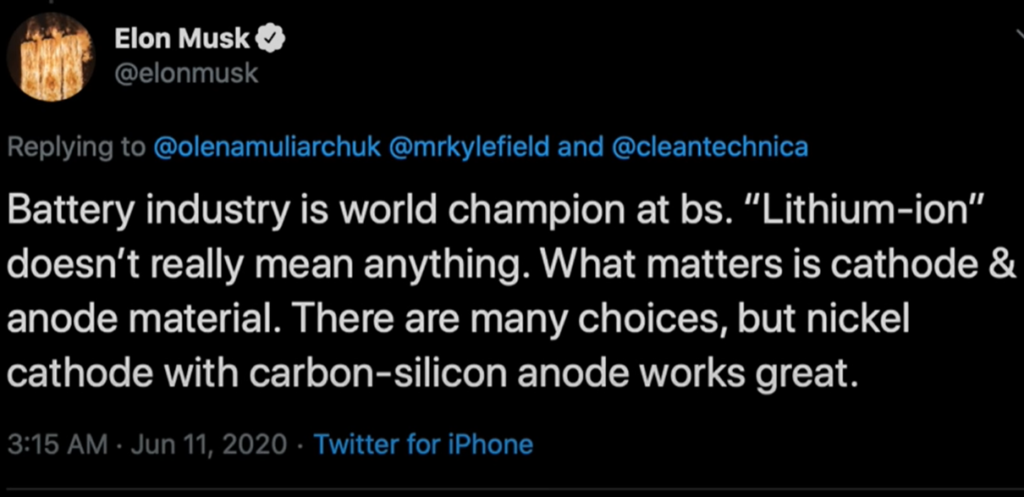
The third element of the program is a switch to a tabless battery design that allows for easier battery manufacture and increased battery efficiency.
Fourth, Tesla’s new battery manufacturing process will profit from its acquisition of Maxwell Technologies and use their dry cell separator process for cell manufacture. This technology eliminates the need for huge energy-sapping dryers to dry a highly toxic liquid paste separator, cutting out this expensive and time-consuming step entirely. This will save some 10 to 20% of cost, production time, and factory floor space in the cell manufacturing process.
Fifth, Tesla will be moving to a much larger battery size – perhaps as large as 40 mm (1.57 inches) in diameter and either 70 (2.76 inches) mm or 110 mm in height. Their Panasonic 18650 cell is 18 mm in diameter by 65 mm tall. The Panasonic 2170 cell is 21 mm by 70 mm. This will result in a more powerful cell. Note especially that it will drastically reduce the number of batteries needed for a given energy capacity. Less batteries needed per vehicle means in effect an increase in battery production capacity.
Sixth, Tesla will be moving to a “cell-to-pack” method of battery containment wherein the batteries are placed directly in the vehicle’s overall “pack” or container, eliminating the modules formerly used between the cells and the overall pack. For instance, the Model 3 uses four modules to form its overall battery pack. Obviously, this cell-to-pack design saves money and production time.
The results of all these battery and battery production improvements (and perhaps more!) mean that Tesla’s new batteries will feature a longer cycle life – – therefore “million mile” for sure, increased charge/discharge cycle life, faster charging time, increased battery energy density, and an increased driving range per size of battery. For Tesla, these changes will increase its effective battery production capacity, decrease its manufacturing energy requirements, and speed manufacturing throughput.
Note that I refer to Tesla’s “batteries” as there is not likely to be one type of battery for all Tesla models — at least initially, in these days of a restricted global battery supply. We know CATL is supplying lithium iron phosphate batteries for Shanghai’s Chinese production of Model 3s. It’s possible in the short term that Tesla will continue to use Panasonic’s 2170 batteries in its US and European Model 3 and Ys. Perhaps Tesla’s new battery will first appear in its Model S and X (replacing the 18650s), as well as in their forthcoming Cybertrucks and Semis.
I should also note here that battery costs are referred to both at the cell level and at the “pack” level, the difference being the additional costs of the materials of and inside the pack container, and the batteries’ cooling and battery management system hardware inside the battery pack container.
Look for Tesla’s battery costs at the cell level to be on the order of $45 to $55 a kWh. At the pack level, these changes outlined above will drastically lower Tesla’s cost of battery pack production from its current level of about $100 to $110 a kWh to somewhere on the order of $60 to $70 (or less) a kWh. That’s a savings of roughly $3,200 per 80 kWh battery powered vehicle. This will allow Tesla to absorb some of the savings in increased margins, and as they desire, pass some of these savings on their customers in the form of lower vehicle prices. This lower battery price will also allow Tesla to achieve better than price parity with comparable ICE-powered vehicles. Lower vehicle prices will increase demand for Tesla’s vehicles, and the virtuous cycle continues to turn even faster in Tesla’s favor.
Every day that passes markedly assists Tesla in reaching and being able to demonstrate these battery improvements in a production environment. Musk’s credo of Kaizen or continual innovation and improvement drives Tesla progress, and the company urgently continues its mission to deliver ever-increasing value to its customers. Coincidentally, all these Tesla battery improvements will devastate potential Tesla competitors, who are to this day unable to match Tesla’s current battery performance and cost.
The story continues to evolve……………………….more later.
Image courtesy Pixabay
Your feedback in the form of comments or suggestions are welcome in the comment window. Thank you for following my blogs on this site and for participating in my blogging community.

